Why KPIs Matter in the Age of Automation
AI is transforming how women’s health clinics operate—but to ensure success, leaders need more than anecdotes and assumptions.
They need data.
Key Performance Indicators (KPIs) help measure whether automation is actually improving efficiency, financial performance, and patient satisfaction. The right metrics reveal what’s working, what’s not, and where to optimize next.
For OB/GYN groups and women’s health networks, tracking AI performance isn’t just good practice—it’s the foundation of sustainable growth.
The Most Important KPIs for AI Success
AI implementation touches every part of the practice—from scheduling and billing to communication and documentation.
Here are the core KPIs that reveal the true value of automation in women’s health.
1. Administrative Time Saved per Provider
What it measures: How many hours per week automation saves providers and staff.
Why it matters: Reduced documentation, faxing, and manual entry mean more patient time and less burnout.
Target benchmark: 1–2 hours saved per provider per day within the first 90 days.
2. Claim Denial Rate
What it measures: The percentage of submitted claims rejected by payers.
Why it matters: AI should reduce errors by automating coding validation and improving documentation accuracy.
Target benchmark: Under 5% denial rate for clean claims.
3. Prior Authorization Turnaround Time
What it measures: How long it takes from submission to approval.
Why it matters: Automated workflows should cut approval time significantly, ensuring timely care.
Target benchmark: 50% faster turnaround within 3 months of implementation.
4. Referral Processing Time
What it measures: Time from referral receipt to patient scheduling.
Why it matters: AI should automatically route and extract data, reducing lag.
Target benchmark: 24–48 hours from referral to first patient contact.
5. Documentation Completion Rate
What it measures: The percentage of notes completed on the same day as the patient visit.
Why it matters: AI-generated notes should allow near-real-time documentation.
Target benchmark: 90–95% same-day note completion.
6. Patient Communication Response Time
What it measures: How quickly staff or AI systems respond to messages, refills, or inquiries.
Why it matters: Faster response times directly improve patient satisfaction and retention.
Target benchmark: 70% of messages resolved within 24 hours.
7. Staff Workload Distribution
What it measures: The balance of administrative tasks across team members.
Why it matters: AI should smooth out workload peaks and prevent burnout.
Target benchmark: Balanced task load with <15% variance between team members.
8. Patient Retention Rate
What it measures: How many patients return for future visits or follow-ups.
Why it matters: Consistent communication and automation-driven engagement improve retention.
Target benchmark: 10–15% increase in patient retention year-over-year.
9. Overall ROI (Return on Investment)
What it measures: The financial return of AI tools relative to cost.
Why it matters: AI investments should produce measurable cost savings and capacity growth.
Target benchmark: 2–3x ROI within the first year.
Why These KPIs Are Especially Important in Women’s Health
Women’s health is uniquely complex—covering fertility, pregnancy, menopause, and preventive care. That means administrative processes are more varied, communication demands are higher, and patient engagement is critical.
Tracking the right KPIs ensures that AI doesn’t just speed things up—it actually improves care continuity, patient trust, and operational precision.
How Honey Health Helps Leaders Measure What Matters
Honey Health was built with performance measurement in mind.
Its integrated dashboards track efficiency, financial, and communication KPIs automatically—so leaders always know the impact of automation in real time.
With Honey Health, women’s health organizations can:
- Monitor documentation and prior authorization completion times.
- Measure reduction in manual workload per staff member.
- Track denial rates, turnaround times, and ROI by location.
- Visualize overall operational performance across multiple clinics.
Honey Health turns raw data into actionable insight—so leaders can drive continuous improvement, not guesswork.
From Data to Impact
AI is only as powerful as the outcomes it produces.
By tracking the right KPIs, women’s health clinics can prove—and continuously improve—their return on automation.
Honey Health provides not just automation, but the visibility and intelligence to manage it well.
Because the best way to measure success in healthcare isn’t by how busy teams are—but by how much better care becomes.

